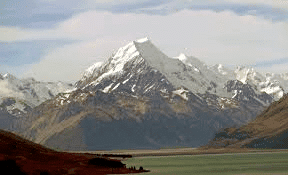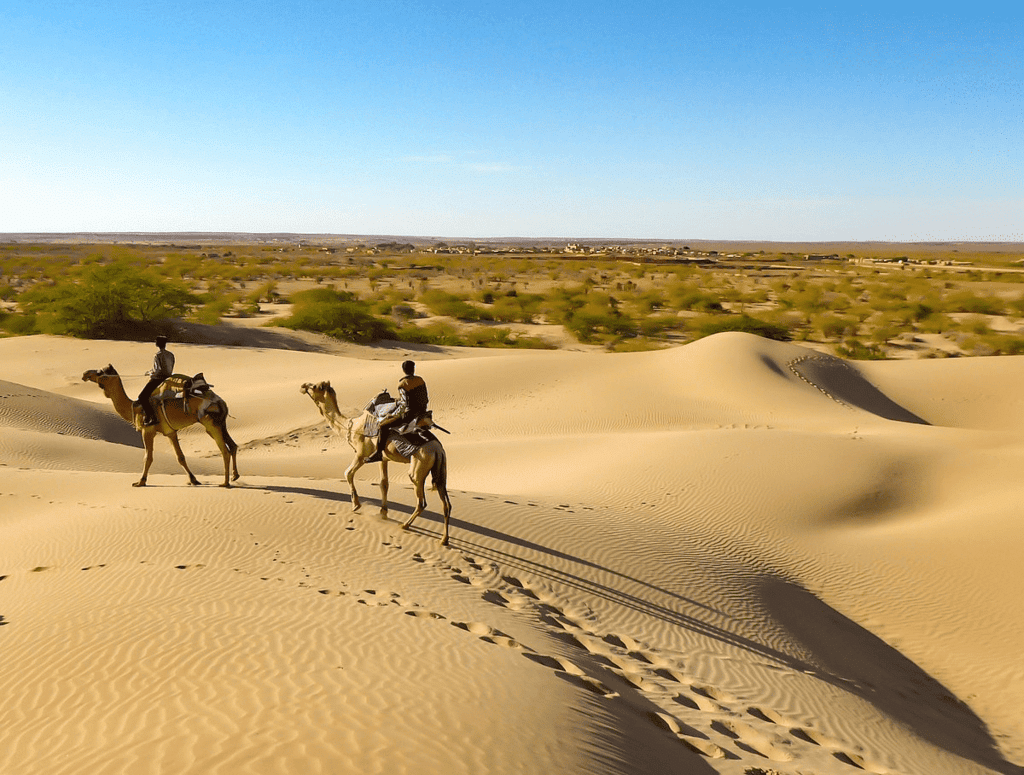Unit Test: Landforms and Life | Social Studies for Class 6 PDF Download
Attempt all questions. Time: 1 hour, M.M. 30
- Section A - Question numbers 1 to 5 carry 1 mark each.
- Section B - Question numbers 6 to 8 carry 2 marks each.
- Section C - Question numbers 9 to 11 carry 3 marks each.
- Section D- Question number 12 to 13 carry 5 marks each
Q1. What is the average altitude of the Tibetan Plateau? (1 Mark)
(a) 3,000 meters
(b) 4,500 meters
(c) 6,000 meters
(d) 2,000 meters
Q2. Fill in the blank: The Ganga River originates in the _______. (1 Mark)
Q3. True or False: The Aravalli Range is considered to be a young mountain range. (1 Mark)
Q4. Which of the following is a feature of a plateau? (1 Mark)
(a) Steep slopes with a flat surface
(b) Low elevation with valleys
(c) Covered with forests
(d) Large rivers flowing through it
Q5. What is terrace farming? (1 Mark)
(a) Farming done at the base of mountains
(b) Cultivation on sloped land by creating steps
(c) Farming in valleys
(d) Farming using advanced machinery
Q6. Explain why snow-capped mountains are found at high altitudes. (2 Marks)

Q7. What makes the Ganga plain so fertile? (2 Marks)
Q8. How does the physical landscape of the Himalayas affect human life and culture? (2 Marks)
Q9. Discuss the environmental impact of excessive tourism in the mountains and suggest ways to manage it sustainably. (3 Marks)
Q10. Explain the importance of the Ganges River in the cultural and economic life of India. (3 Marks)
Q11. How do plateaus influence the types of industries in the regions where they are found? (3 Marks)
Q12. Analyze the challenges faced by people living in the Thar Desert and how they have adapted to these challenges. (5 Marks)

Q13. Discuss the process of sediment deposition in river plains and its role in agriculture. (5 Marks)
|
44 videos|176 docs|28 tests
|
FAQs on Unit Test: Landforms and Life - Social Studies for Class 6
| 1. What are the main types of landforms studied in Class 6? |  |
| 2. How do landforms affect human life and activities? |  |
| 3. What is the significance of studying landforms in geography? |  |
| 4. How can students apply their knowledge of landforms to real-world situations? |  |
| 5. What are some examples of landforms that students can observe in their local environment? |  |



























